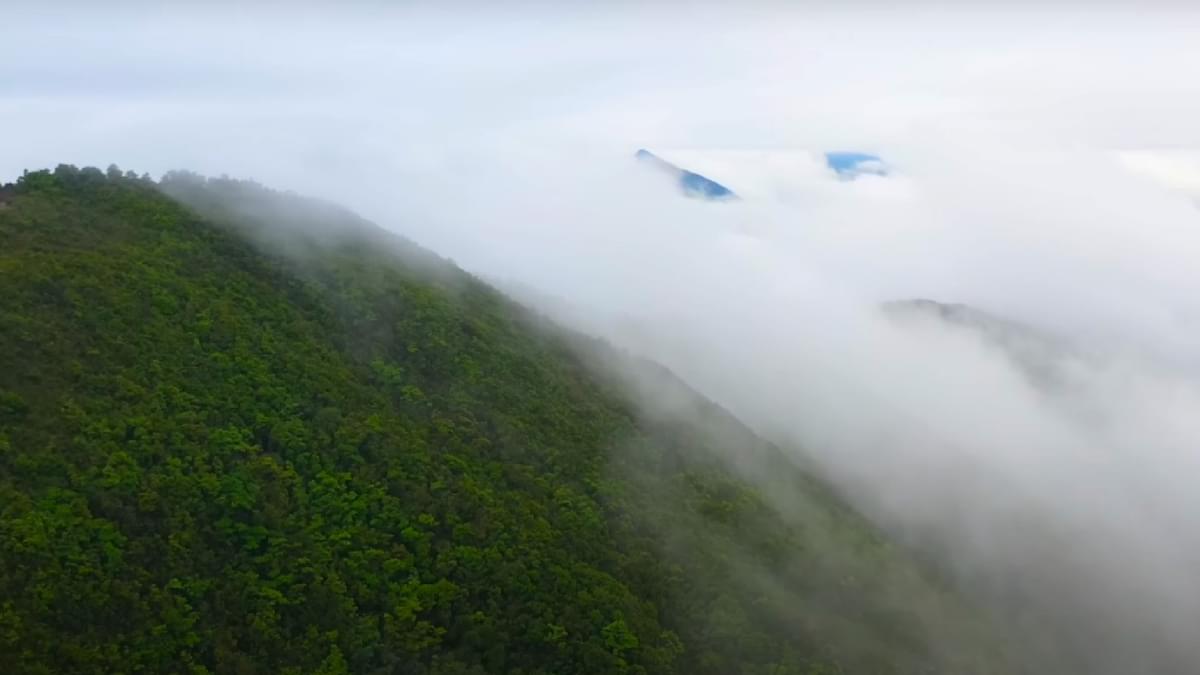
- Home
- Indian Tourism
- Jharkhand
- Best Time to Visit Jharkhand
Best Time to Visit Jharkhand

Jharkhand, nestled in the eastern part of India, is a land of natural wonders, tribal heritage, and scenic beauty. Known for its lush forests, breathtaking waterfalls, serene lakes, and wildlife sanctuaries, the state offers a perfect escape for nature lovers, adventure seekers, and cultural explorers alike. Whether you wish to trek through its verdant hills, witness its cascading falls, or experience its vibrant festivals, visiting Jharkhand at the right time is essential to make the most of your trip.
Seasons in Jharkhand
Jharkhand experiences three distinct seasons:
- Summer (March to June)
- Monsoon (July to September)
- Winter (October to February)
Each season offers a unique experience, but the best time to visit depends on the kind of activities you plan to enjoy. Let’s take a detailed look at what each season has to offer.
Summer (March to June)
Summer in Jharkhand typically begins in March and lasts until June. During this season, temperatures range from 25°C to 40°C, with some areas experiencing even higher temperatures.
Why Visit in Summer?
- Exploring Wildlife Sanctuaries: Summer is indeed the most thrilling time for wildlife lovers as animals come to a place in search of water. Exciting safaris wait at Betla National Park or Dalma Wildlife Sanctuary.
- Adventure Activities: The hilltops and valleys in western Jharkhand, such as Parasnath Hills, are thrilling spots for trekking for adventure enthusiasts; they offer the best trekking opportunities. However, even if it gets hot by midday, trekking early in the morning proves much better for feeling fresher.
- Festivals and Culture: The Salhun Festival is one of the most prominent tribal festivals celebrated by most of the tribal communities in March-April. Sarhul marks the coming of spring, flaunting itself with colors and happiness, giving an idea of the richness of Jharkhand.
Downsides of Visiting in Summer
- The scorching heat can make sightseeing uncomfortable, especially during the afternoons.
- Outdoor activities may be challenging due to the high temperature and humidity.
Monsoon (July to September)
The monsoon season in Jharkhand begins in July and lasts until September. The state receives moderate to heavy rainfall during this time, with temperatures ranging between 20°C and 30°C.
Why Visit in Monsoon?
- Lush Greenery and Waterfalls: With the end of monsoon, Jharkhand is full of life and transforms itself into an emerald paradise. The waterfalls at this time are really magnificent: Hundru Falls, Dassam Falls, and Jonha Falls, which makes this season perfect for nature lovers and photographers.
- Scenic Drives: All these countryside roads are marked with rain-washed forests and rolling hills; drive through them to enjoy the natural beauty there, perfect for road trips.
- Peaceful Retreat: Since this is the off-season in tourism, there is much peace for a retreat at resorts or nature lodges, again very much cut off from tourists.
Downsides of Visiting in Monsoon
- Heavy rains can sometimes lead to waterlogging and make road travel challenging.
- Outdoor activities like trekking can become risky due to slippery trails.
Winter (October to February)

Winter is widely regarded as the best time to visit Jharkhand. The temperature ranges from 5°C to 25°C, making the weather pleasant and perfect for exploring the outdoors.
Why Visit in Winter?
- Weather: It is pleasantly cool, just right for strolling through these wonderful places in Jharkhand, like Ranchi, Jamshedpur, and of course Deoghar. The best part is that you can do all this and enjoy the beauty and scenery without having to sweat from feeling too hot or drenched as the monsoon has suddenly turned.
- Festivals and Fares: Jharkhand turns much more celebratory with the onset of winter. The Tusu Parab, which occurs in January, is a major festival most tribal communities celebrate in which you get to experience amazing cultural performances, colorful processions, and very sweet traditional music.
- Adventure and Nature: Now this is a time when the skies are clear and the winds feel crisp in the air, a right time for trekking, walking into nature, and camping. Netarhat, as it is called, is a beautiful hill station with great, famous views of sunrise and sunset.
- Wildlife Exploration: This time of the year is best for visiting places such as Betla National Park and Hazaribagh Wildlife Sanctuary, since animals can be observed more engaged during this chilly and cozy climate.
No Major Downsides in Winter
Jharkhand’s winter season offers the most comfortable and traveler-friendly climate, making it the peak tourist season. However, expect larger crowds at popular attractions
While Jharkhand offers unique experiences throughout the year, October to February (winter) is considered the best time to visit. The pleasant weather during this period makes it ideal for sightseeing, wildlife exploration, and outdoor activities. You can enjoy Jharkhand’s natural beauty, cultural festivals, and adventure without the discomfort of heat or rain.
Update your location?



